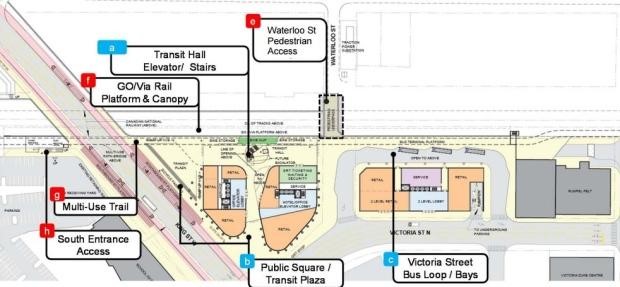Globalization & the Economic Geography of the GGH Story Map
Story by Vanessa Accardo-
What Is? What are the relevant indicators of economic change & development in the GGH? Downtown toronto represents 17.5% of major employment in the GGH From 2018-2019 toronto's employment grew 3.1% (in only a year) The majority of job losses in the GGH and Toronto have be due to decrease of secondary industry work in the GGH (because of factories moving out of the area, closures and work becoming automated) Secondary industry work moving out of the GGH In 2001 SKIDs had employed 154,030 jobs From 2001-1011 SKIDs grew around 35,5000 jobs Where? Where have changes in the patterns of economic development and urbanization occurred in the GGH? SKIDs aka the suburban knowledge-intensive district, is located; 1 in Waterloo, 2 in Mississauga, 1 in Oakville, and lastly 1 in Markham Pearson International Airport (Mississauga) Megazone Highways 400 & 407 (Toronto York-West) 404/407 Highway Interchange (Toronto York-East) Toronto Finance District Toronto Business District Downtown Toronto, Young Street Why There? How have globalization and associated economic forces affected the economic geography of the GGH? As the new economy continues to move towards technology there is an increase in quaternary jobs clustering in toronto Globalization has resulted in deindustrialization of factories in Toronto and even the GGH. More and more factories are being relocated to many east asain countries; Vietnam, China, Bangladesh. As the Downtown Toronto population continues to grow larger and larger more high-rises have been built within the city since the need for housing keeps increasing Why There? How have the changing patterns of urbanization in Toronto been influenced by changes in economic development in the GGH? Due to globalization secondary industry work continues to be pushed out of the GGH. As the factories continue to be relocated to other countries they leave behaving many plots of land that no longer have much use; this leaves space for the many high-rises and housing that the city needs. This is vital since the population rate of Toronto is continuously increasing. More quaternary jobs are locating in Toronto As more people move to the city and housing prices rise it is crucial for the GGH to expand and improve transportation to and from the city. With that said the city continues to work on its subway line moving all throughout the city and many stops at tourist attractions such as High Park. The GGH also offers accessible transportation on a larger scale like GO-transit which can take you towns away. Why Care? How have economic development and globalization impacted on the GGH from a social, environmental, economic, and political perspective? New work sprouts as jobs begin to push away from manual labour, and new opportunities arise for others. (social/economic) As more people move to the city because of work and popularity housing prices continue to grow in Toronto. Many people are being forced out since they can no longer afford to live in the city. This can be a very big issue for many, especially those who are struggling to find work since the job opportunities become more limited with the increase in technology. Ultimately job requirements are becoming more strict as many required higher education levels (referring to the decrease in need for manual labour). With these factors job competition not only increases rapidly but they also add to the overall difficulty of finding work. (environmental) As urban planners propose new ‘greener’ city plans the urbanized look of our city will continue to change. with the effects of climate change becoming more and more visible companies are being forced to take such proposals seriously. This leads to the structure of our city changing drastically like an increase in bike lanes or communal facilities and much more. Citations Map. (n.d.). Retrieved January 16, 2021, from https://www.neptisgeoweb.org/data-catalogue#core_employment Government of Canada, S. (2019, January 03). Dictionary, Census of Population, 2016Industry (based on the North American Industry Classification System [NAICS] 2012)Dictionary, Census of Population, 2016 Industry (based on the North American Industry Classification System [NAICS] 2012). Retrieved January 16, 2021, from https://www12.statcan.gc.ca/census-recensement/2016/ref/dict/pop181-eng.cfm Neptis Geoweb. (n.d.). Retrieved January 16, 2021, from https://www.neptisgeoweb.org/


Comments